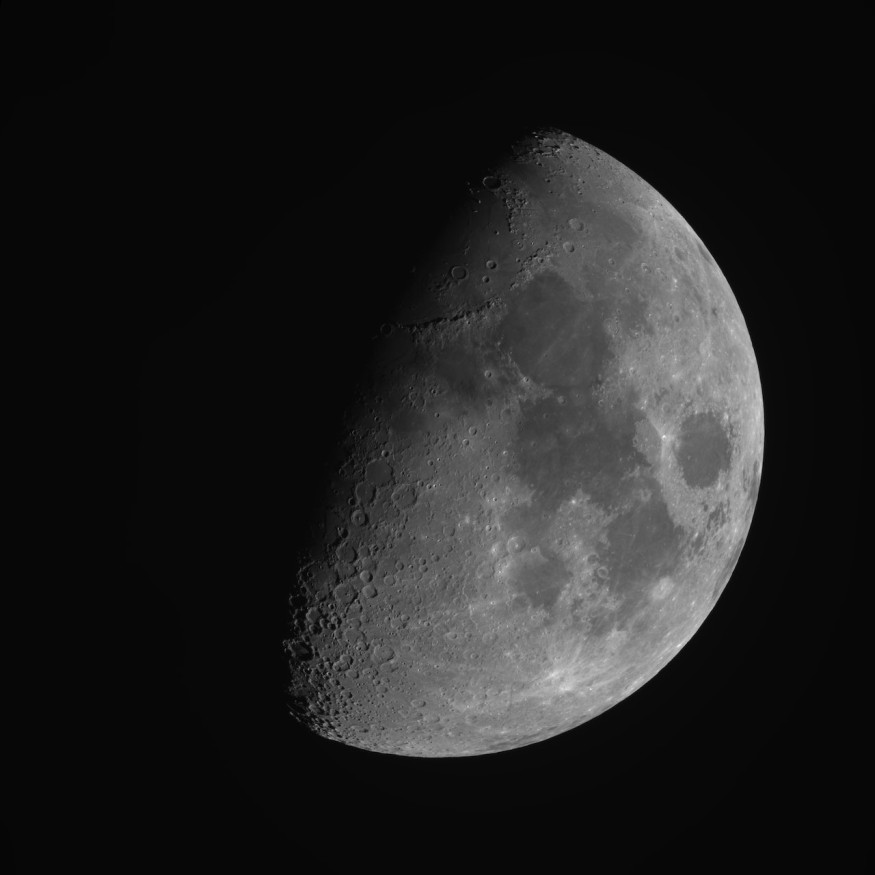
As the Earth's closest companion in the Solar System, the Moon has been one of the major subjects of curiosity regarding the outer space. Since the ancient times, our neighbor has inspired stories since humans learned to look up at the sky. Using advanced astronomical tools and techniques, experts have studied some of the important features of the Moon. However, some questions are also raised about its weather activity if there is any.
Unusual Weather
Unlike the Earth, the Moon does not have significant atmosphere. Although some experts suggest that it might have had atmosphere when it was formed, it does not have the requirements needed to possess an atmosphere.
There are factors needed in order for a planet or a moon to retain an atmosphere. First, a significant amount of mass is needed to enable its gravity to retain the atmosphere. Since the Moon is only ¼ the size of the Earth, its gravity is not strong enough to hold its atmosphere in place.
Another reason is the failure of the Moon to experience plate tectonic and geologic upwelling. These activities trigger volcanic eruptions which release gases in the air. Lastly, the Moon only possesses a weak gravitational field that could have retained any atmosphere that it had.
Because the Moon fails to possess these requirements, there is no protective blanket that will moderate the temperatures on its surface. As a result, it does not experience the kind of weather that we have on our planet, such as atmospheric temperature and precipitation. However, the Moon experiences space weather.
What Is Space Weather?
The Solar System experiences changing conditions that affect its members, creating space weather. Although the Sun is 150 million kilometers away from the Moon, the impact of the activities on its surface reaches our lunar neighbor.
The space weather is caused by several elements, such as solar winds and meteoroids, which affect the surfaces and volatile cycles of planets. As they interact with the Moon, they alter the lunar soil and form minimal atmosphere or exosphere.
The Sun constantly releases gas and particles into space. This stream of particles called solar wind come from the corona or the Sun's hot outer atmosphere. The distant regions of the Milky Way or other galaxies also release galactic cosmic rays which can break apart its surface atom.
An ongoing stream of solar wind reaches out space companion, giving it a sunburn. As a result, the landscape of the Moon is charged with static electricity. Aside from this, the Moon is also exposed to high-energy particles discharged by the shock waves released during the enormous eruptions on the Sun. These giant eruptions are also known as coronal mass ejections.
On the other hand, micrometeoroids and other larger space objects constantly attack the surface of the Moon. As the dry shower of particles damages the exterior layers of the Moon, some of the fresh materials are exposed in the process known as impact gardening.
Although the Moon does not have the traditional weather that the Earth has, it is still important for astronomers to forecast space weather due to its possible impact on future lunar expeditions. The space weather also affects satellites, and therefore interferes with the human activities here on Earth, such as satellites, electronics, and communications.
RELATED ARTICLE : Water On The Moon Discovered Due To Meteorites
Check out more news and information on Moon in Science Times.
© 2025 ScienceTimes.com All rights reserved. Do not reproduce without permission. The window to the world of Science Times.












